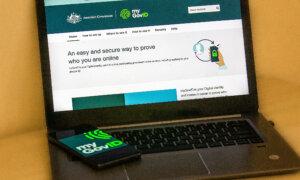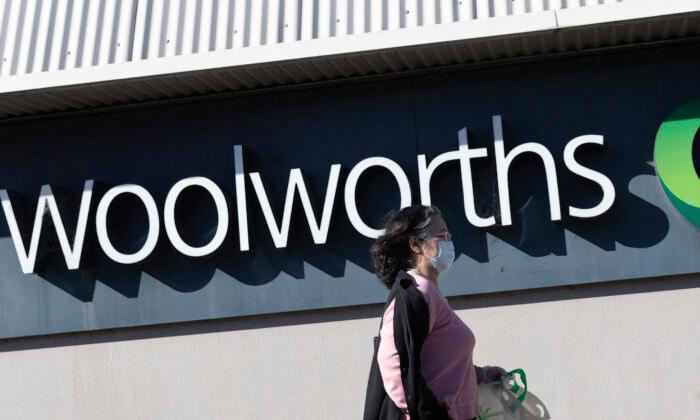Not only do New Zealand Police have no idea how many automatic number plate recognition (ANPR) cameras are accessible, but neither does the privacy commissioner.
Police access the privately owned Auror and Safer Cities networks, which capture number plate information using cameras installed in service stations, shopping malls, supermarkets, and streets.
Last year, an investigation by the NZ Herald revealed that police had twice falsely listed cars as stolen, triggering an automatic detection capability in the system.
The “stolen car” tactic was used once in 2020 and again in 2021 when police were attempting to track down three women believed to have travelled out of the Auckland quarantine area while positive for COVID-19.
When an audit was eventually carried out, five police officers faced internal inquiries after being found improperly using the system, while another 120 were found to have used the system to track their own vehicles.
Police Say It Is Crucial
There are believed to be thousands of cameras, owned by councils and business associations, retailers, service stations, shopping malls, and supermarkets. Police have said they consider them crucial in reducing and solving crime.A police spokesperson said it was not known how many cameras they accessed and that NZ Police “do not have specific numbers on how many cameras are currently on both [the Auror and Safer Cities] networks,” but that they were aware of “ballpark figures,” according to public reporting.
The Office of the Privacy Commissioner said it had not used its powers to require the networks’ owners to report the number of cameras, but added: “The greater number of cameras an organisation has, the greater its responsibility to ensure that they are only sharing information in a way that is lawful and proportionate.”
Number plate recognition is used in two ways.
Officers investigating a crime can produce a record of any past sightings of a particular vehicle captured by connected cameras. They can use it to send an alert if a vehicle drives past a camera in the future—though this requires police to obtain a production order unless someone’s life is at stake.
Last year, new guidelines were issued in the form of a Privacy Impact Assessment, which said police need “robust governance, policies, processes and controls” for using the surveillance system.
Size of the Network About to Greatly Increase
But with neither the police nor the privacy commissioner able to state just how many cameras are connected to the system, it appears very little oversight is occurring at a time when the network is about to expand with the NZ Transport Agency confirming about a planned expansion of the network from 150 to around 800—all capable of reading number plates.NZ Council for Civil Liberties Chairman Thomas Beagle said combining data from multiple, otherwise separate surveillance networks created “a synergistic effect where the whole is greater than the sum of the parts.”
“I don’t think we'd allow the police to set up a country-wide number-plate tracking system, at least not without a lot of debate about scope and how it can be used,” he said, “But it seems that we’re going to end up with one anyway without that debate or Parliamentary or public oversight.”






